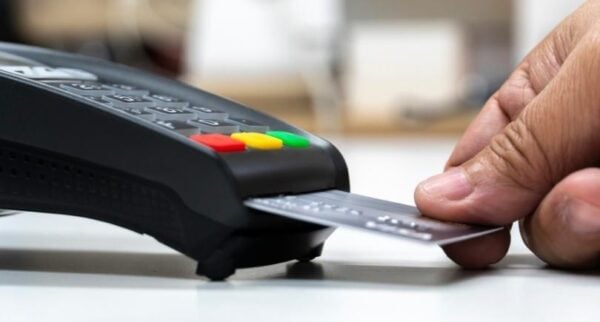Credit cards can come with a variety of perks, and purchase protection is one of them.
Although not technically insurance, purchase protection works in a similar way. If you have an eligible item that is damaged or stolen, the credit card company or issuer may cover the loss. You may even be able to receive reimbursement for items purchased as gifts.
Purchase protection is a common benefit on credit cards, but it isn’t offered on all accounts. Keep reading for more about this perk and to learn which cards offer it.
What is credit card purchase protection?
The details of purchase protection can vary depending on the credit card company or issuer. However, most follow the same general guidelines:
- Items are protected for a specific period of time after purchase, usually between 60-120 days.
- Companies will pay the replacement cost of a covered purchase.
- Benefits may be capped at a certain amount per item, per year and/or per covered event.
- Some losses may be excluded – such as items damaged in an act of war or left in an unlocked car.
- Claims may only be paid if items are not covered by some other warranty or satisfaction guarantee.
You need to pay for an item with your credit card to receive purchase protection, and most cards will automatically cover items with no need to register products individually. However, you may need to submit a receipt if you plan to file for a claim.
Which credit cards have purchase protection?
Most major credit card companies – Visa, Mastercard and American Express – offer some type of purchase protection to those with eligible credit cards. Discover is the only credit card company that doesn’t currently offer purchase protection on its products, and some card issuers, such as Barclays, have dropped the benefit as well.
Depending on who issues your card, you may find this benefit listed under the following names:
- Purchase Protection
- Purchase Assurance
- Purchase Security
The level of coverage can vary between cards, even if they are issued by the same company. For example, CardName discontinued and the CardName discontinued feature differing coverage (check out the details). American Express is a CardRatings advertiser.
Most World and World Elite Mastercard accounts also come with product assurance that covers eligible purchases for 90 days. Mastercard will cover up to $1,000 per loss with a maximum benefit of $25,000 every 12 months. The CardName is a popular Mastercard option.
Meanwhile, other card issuers may have longer coverage periods. For instance, CardName and CardName cards protect eligible items from damage or theft for 120 days. The cards’ purchase protection is limited to $500 per claim and $50,000 per account.
Check your card’s benefit brochure to determine whether you have purchase protection and any limitations on its use.
How to use credit card purchase protection
Again, each card may have its own policy and process regarding claims, but generally speaking, filing for purchase protection is a two-step process.
- Contact the card issuer to start the claim. Visa and Mastercard require notification within 60 days of theft or damage while American Express says the loss should be reported within 30 days.
- Submit supporting documentation: After opening the claim, you’ll need to send in a completed and signed claim form. Be prepared to send in a copy of your store receipt and credit card statement to verify the purchase was made with your credit. Then, depending on the circumstances surrounding the loss, you may need to provide the following:
- Photograph of the item or the item itself
- Police report in the event of a theft
- Declaration page from insurance policy, if applicable
- Repair estimate, if needed
You may only have a limited time to submit these documents. For instance, Visa’ Purchase Security coverage requires all documentation to be submitted within 90 days of the damage or theft. Mastercard, on the other hand, asks to receive documentation within 180 days of when you report the claim. American Express wants to receive proof of loss within 60 days but missing this deadline won’t invalidate your claim so long as it is provided as soon as is reasonably possible.
Once the documentation is reviewed and a decision is made, you may receive a cash reimbursement or, possibly, a replacement item.
Exclusions to credit card purchase protection
While purchase protection is a valuable benefit, it does have limitations. Coverage may not be available for the following items or situations:
- Land or buildings
- Motor vehicles
- Plants or animals
- Downloadable software
- Items left in the care of a third party
- Items not properly secured, such as left in an unlocked car
- Items covered by another warranty, satisfaction guarantee or insurance policy
There may be other exclusions as well. Check your card’s benefits brochure for details.
When does it make sense to file a purchase protection claim?
Filing a purchase protection claim requires some effort, and only you can determine whether it makes sense to invest the time needed.
For a ripped piece of clothing, for example, you may find it better to see if the retailer will allow you to return or exchange the item instead. However, for large items that aren’t covered by other insurance or warranties, a purchase protection claim could save you a significant amount of money.
Regardless of whether you expect to use purchase protection, it’s a nice benefit to have in your back pocket in case something unexpected happens.


